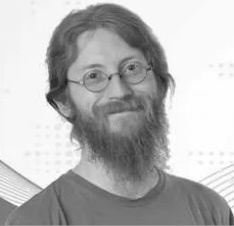Signals and Systems I and II

About the course
The course Signals and Systems I and II deals with practical understanding of components of Communication Technology, basic practical experience with modern Communication Systems, experience with various measurement techniques of the Communication Technology. After the course, students will be able to understand and apply linear systems theory to the development of processing algorithms in one-dimensional signal processing. The foundations for multidimensional signal processing are described. Students will improve their ability to capture real-world problems and complex relationships through modeling, abstracting them and making them amenable to mathematical solution. Likewise, problems with a high level of abstraction can be captured and solved. In addition, the students improve their logical thinking and their strategy for further knowledge acquisition.
Curriculum
Signals and Systems I
- Concept of the signal
- Periodic and non-periodic signals
- Linear and nonlinear systems
- Time variant and time invariant systems
- Sampling in time and frequency domain
- Folding and correlation
- Modulation method
Skills Gained:
- Description of signals in time and frequency domain
- Description of linear time-invariant systems in the time and frequency domain
- Understanding the relationships between continuous and time-discrete signals
- Understanding the relationships between periodic and non-periodic signals
- Measuring the similarity of signals by minimizing a quadratic distance measure (correlation, correlation by folding)
- Matched filter reception
- Lowpass and bandpass systems and signals (understanding and forms of description)
Signals and Systems II
Provision of mathematical and communication technology Basics, skills and abilities knowledge:
- 2D: Basic knowledge of optical image formation, especially also of error sources (aberrations).
- Modeling of optical imaging using Fourier optics
- Characterization of optical quality measures
- Characterization of Fourier optical approximation
- Sampling in 2D, noise behavior of sensors, aliasing and optical band limiting
- Multidimensional convolution and Fourier transformation
- Multidimensional sampling
- 3D: Computed Tomography (CT)
- Radon transform, Fourier slice theorem
- 4D : light field imaging
Skills Gained:
- Application of signal theory concepts to optical systems
- Interpretation and representation of multidimensional signals in spatial/temporal domain
- Description and analysis of time- and location-variant systems
- Generalization capability to higher dimensions
Credit hours
60 h of teaching lecture each for each for Signals and Systems I and II. Self-study each for 90 h. The assessment will be through a written examination at the end of the semester.
Your Instructor

Prof. Dr. Ivo Ihrke
room:PB-H 101
mail:
ivo.ihrke@uni-siegen.de
Chair of Computational Sensorics
Universität Siegen
Paul-Bonatz-Straße 9-11, 57076 Siegen
